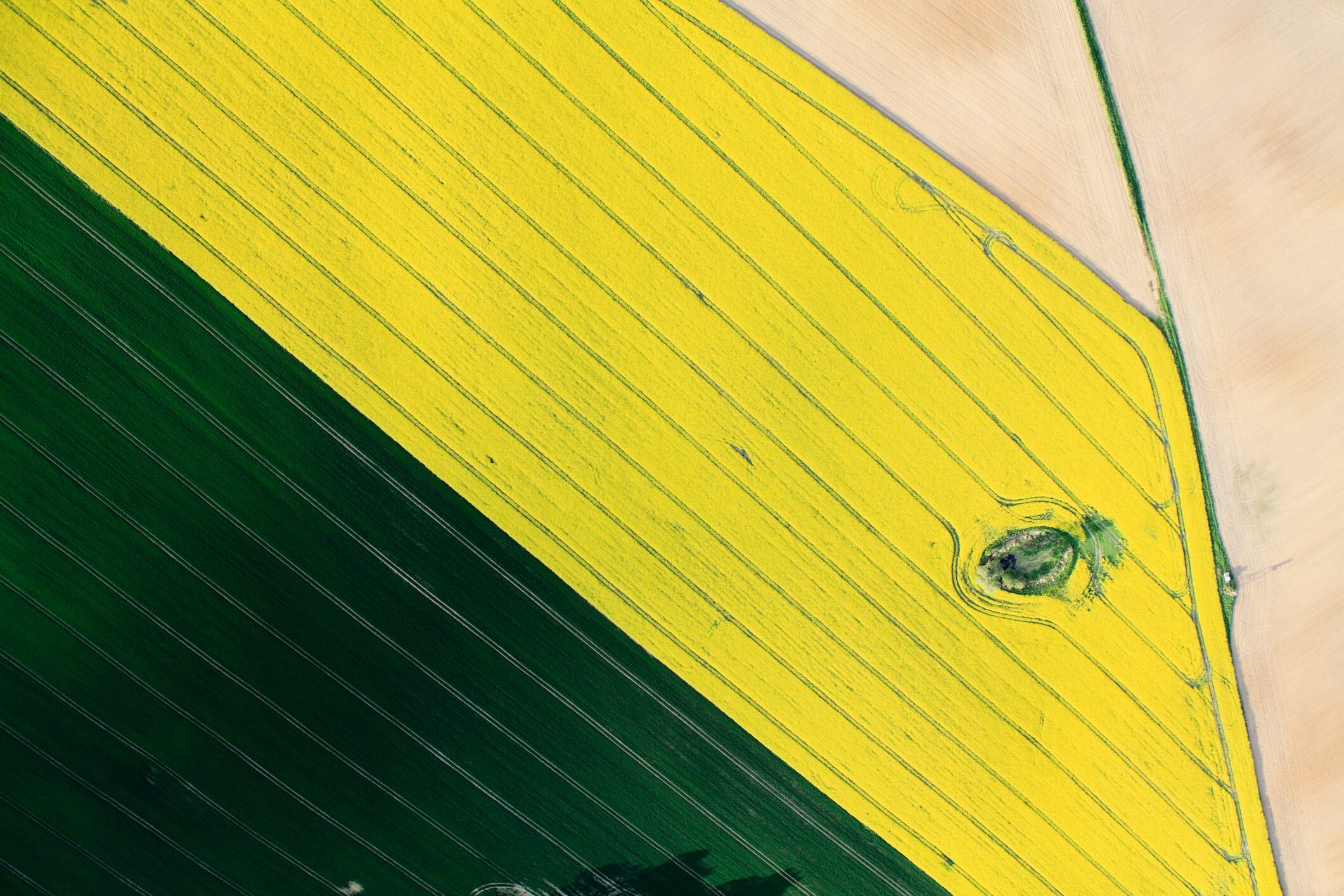EIT Food’s Regenerative Innovation Portfolio has unveiled Lower Silesia 360°, a landmark project designed to demonstrate how regenerative agriculture can scale across entire landscapes. Spanning 20,000 hectares and 200 farms in southwestern Poland, the initiative targets four key crops – rapeseed, wheat, malting barley, and sugar beet – and seeks to restore soil health, enhance biodiversity, and secure long-term farm viability.
The programme, orchestrated by EIT Food in collaboration with Food Valley, brings together major supply chain players including Bunge, PepsiCo, Viking Malt, and Malteurop, alongside the Lower Silesian Agricultural Advisory Centre. This coalition reflects a growing consensus that regenerative farming must move beyond isolated pilots to systemic, region-wide transformation.
From principles to practice
“The programme’s goal is to demonstrate regenerative transition pathways that are both scalable and financially viable,” said Mercedes Groba, head of regenerative Agriculture at EIT Food. The approach prioritises locally relevant practices such as reduced or no-tillage systems; multi-species cover crops; diversified crop rotations with legumes; and lower synthetic fertiliser use.
Each farm develops a custom transition plan, supported by technical assistance, peer-learning networks, and demonstration sites. Training – both on-site and digital – covers soil health, biodiversity management, and regenerative business models.
Financing the switch
Adoption costs remain a barrier for many farmers. Lower Silesia 360° tackles this through a blended funding model with 50% public funding from EIT Food and regional innovation programmes and 50% private co-financing from corporate partners and supply chain buyers.
The total budget for the first phase – covering 200 farms over three years – is €2.4 million, excluding farmer incentives. These incentives include price premiums for verified regenerative crops and cost savings from reduced fuel, fertiliser, and chemical inputs, ensuring farmers maintain income during the transition and achieve profitability within two to four years.
Measuring success: Beyond soil health
By 2028, the project aims to deliver measurable gains across environmental and socio-economic dimensions:
- Soil health: Increased carbon and organic matter, improved structure and infiltration
- Biodiversity: Strengthened habitats and species diversity
- Farmer resilience: Enhanced profitability and reduced exposure to market shocks
- Regional supply chains: Stronger regenerative networks and certification schemes
Progress will be tracked via a Monitoring, Reporting, and Verification (MRV) platform, ensuring transparency and credibility.
The project prioritizes farmer income stability and long-term profitability, Groba stressed.
“Several mechanisms ensure that livelihoods improve in parallel with environmental gains such us measurable improvements in soil carbon, biodiversity, and water quality, verified through the MRV platform.
“Farmers participating in verified regenerative supply chains can receive product premiums above conventional prices.
“Moreover, farmers benefit from lower production costs due to reduced fuel, fertiliser, and chemical input use. Collectively, these incentives are structured to ensure that farmers do not lose income during the first years of adoption and that profitability improves within two to four years.”
Why Lower Silesia – and why now?
Lower Silesia was selected because it combines agricultural dynamism with pressing environmental challenges, explained Elvira Domingo, Director of Resilient Agriculture at EIT Food.
“The region also faces key challenges, such as soil degradation, water scarcity, and the need for improved biodiversity, making it ideal to demonstrate regenerative solutions at scale,” she said.
Poland’s strategic importance amplifies the project’s impact. As one of the EU’s largest producers of cereals, dairy, and horticultural products, regenerative adoption here can catalyse change across Central and Eastern Europe. Poland’s strong agricultural education system and openness to innovation further position it as a cornerstone for Europe’s climate adaptation strategy.
A replicable model for Europe?
Lower Silesia 360° is more than a regional experiment – it’s a template for scaling regenerative landscapes across Europe. EIT Food and partners plan to consolidate learnings, share data, and expand the Regenerative Innovation Portfolio to other regions, creating a network of landscapes that accelerate the transition to resilient food systems.
“The focus is on building a European portfolio of regenerative landscapes that share data, knowledge, and best practices,” Domingo said.
Groba added: “By combining environmental impact with economic opportunity, Poland will play a central role in shaping Europe’s sustainable food future.”
Key takeaway
Lower Silesia 360° signals a shift from isolated regenerative pilots to landscape-level transformation, backed by robust financing, technical support, and market linkages. If successful, it could redefine how Europe approaches climate resilience and food system sustainability.





